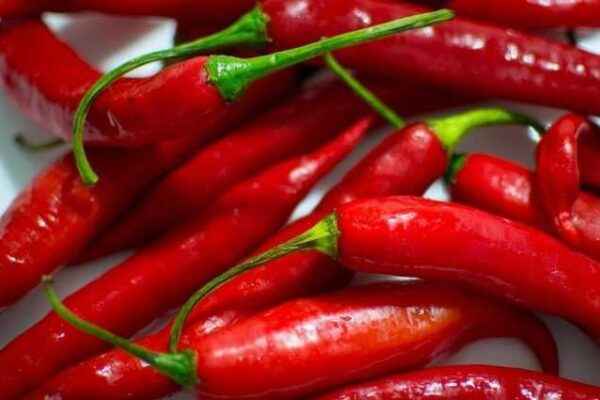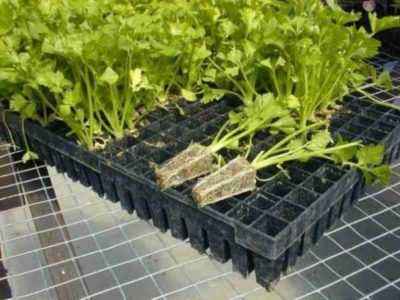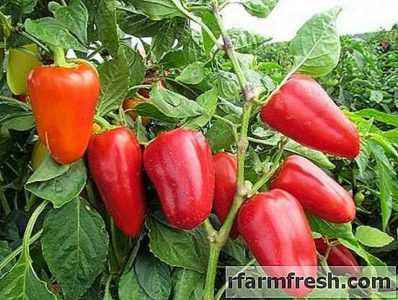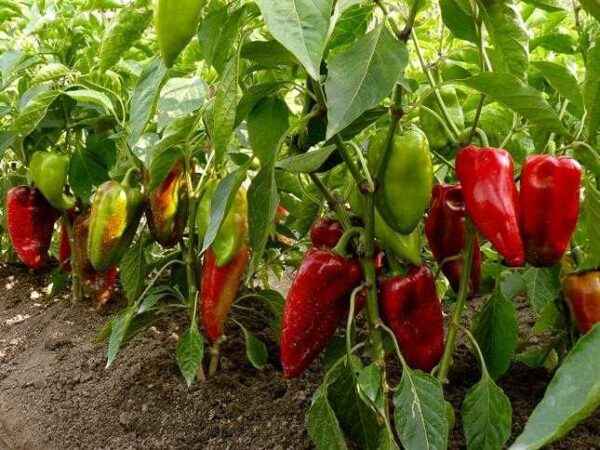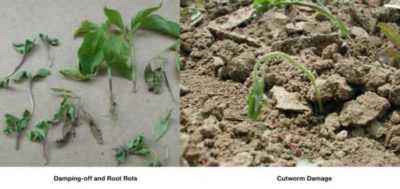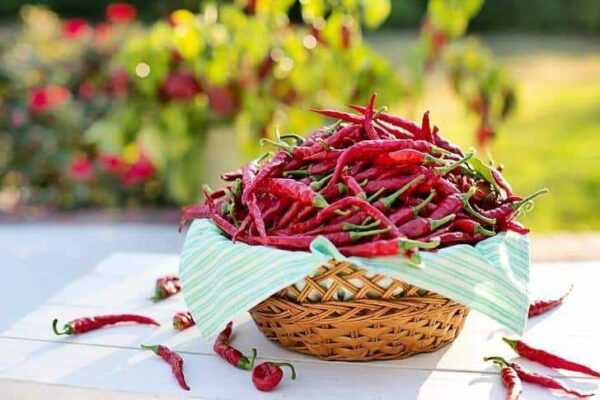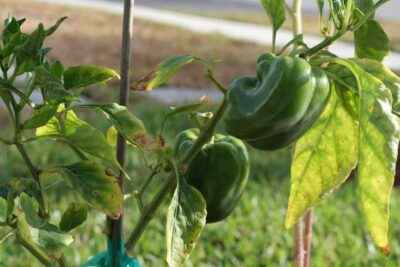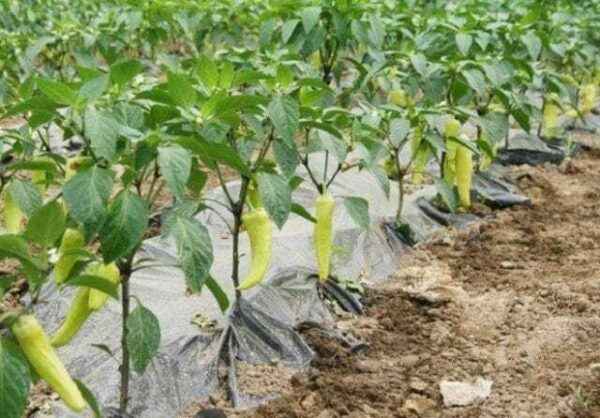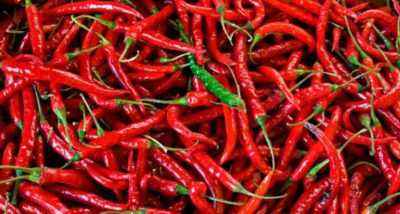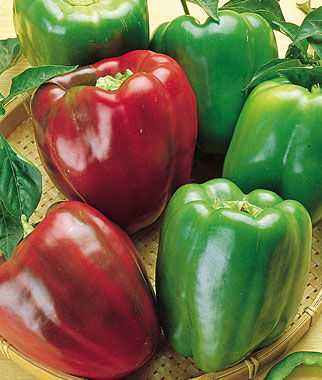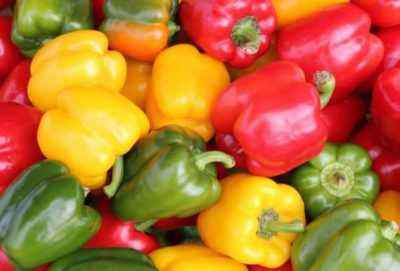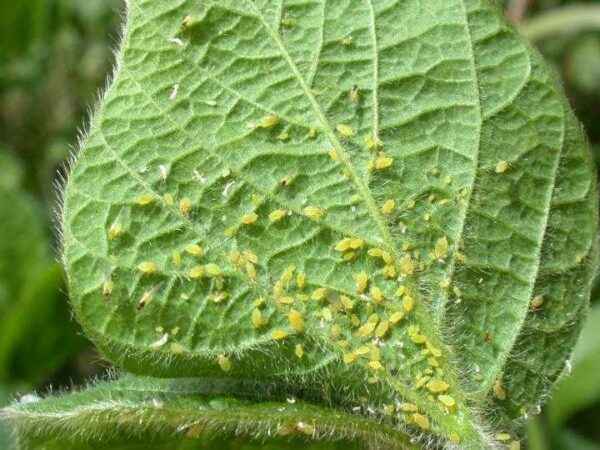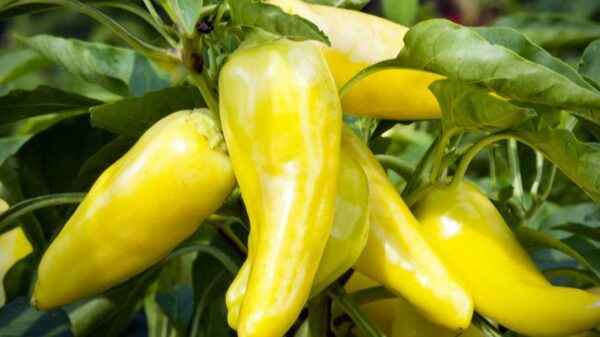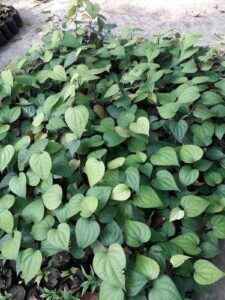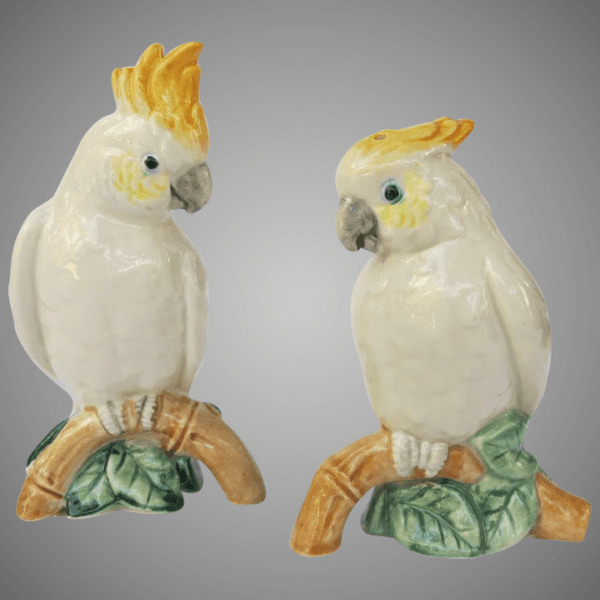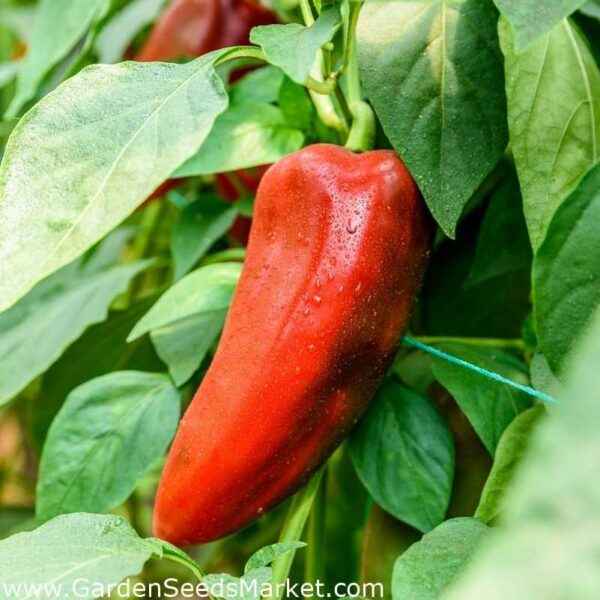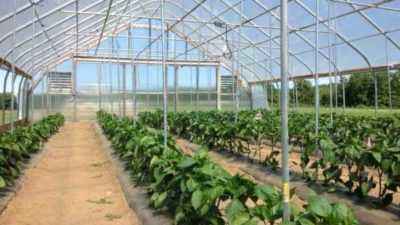Indian pepper Pippali is a traditional plant and is widely used in countries with tropical climates (Sri Lanka, Africa, India). For most European countries, its cultivation and use is a real rarity, or rather exotic.
- Feature
- Description of the plant
- Description of the fruit
- Cultivation and care
- Application Pippali
- In medicine and cosmetology
- Contraindications to use
- Conclusion <
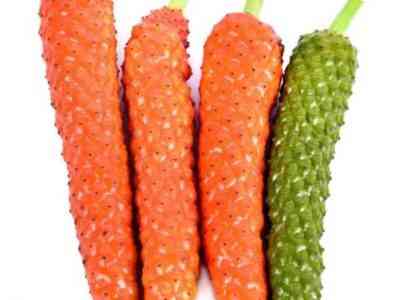
Indian pepper Pippali
Pippali has many other names, including: Indian black (long), spikelet, long, etc.
Feature
Pippali Jav Pepper It is a close relative of ordinary black pepper, but has a burning and, at the same time, rich sweet taste. It is widely used as a spice in the preparation of various dishes and, especially, marinades. One cannot but mention that the plant is used in folk medicine many eastern countries, because it has a huge number of medicinal properties.
Description of the plant
The plant is represented by a long climbing vine. It needs a garter on the support, since the length can reach 1.5 m.
Leaves of medium size (5 to 9 cm) are attached with long petioles. They have an elongated shape and a slightly swollen surface of the plate.
Description of the fruit
Hot pepper Pippali has fruits that are vaguely reminiscent of a pea pod or a birch catkin. It consists of small peas closely spaced on a thin stalk. Due to this, there is another name for the plant – spikelet.
The taste of fresh and dried fruits is significantly different. In the first case, the fruits are sweet, the finish is slightly cooling. Dried fruits have a sharp and spicy taste with a warming effect.
Indian long pepper has a pronounced aroma with hints of muscat, pine needles and black tea.
Growing and care
With a strong desire, almost anyone can grow Pippali at home. The conditions for this are the same as those used when growing ordinary black or red pepper.
For planting, you need to choose only the best seeds. They are lowered into the ground by about 1 cm. Sufficient time (sometimes a month) may elapse from sowing to seedlings.
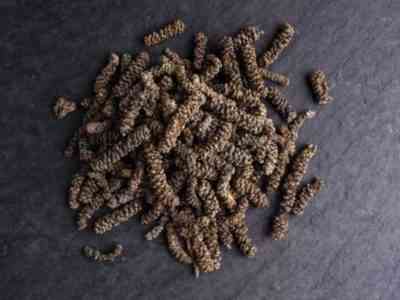
We plant the best seeds
After they have sprouted, they should be transplanted into separate pots and provided with care:
- Culture needs regular and plentiful watering in the summer, and in the winter – moderate but constant.Tracking when to moisten the soil will help its top layer: as soon as it starts to dry, you need to water it.
- Since the plant is thermophilic, it is necessary to maintain high temperature in the summer (22-25 °) , only in winter it should be lowered to 18 °, because the plants at this moment are at rest.
- To avoid diseases, you need to maintain high humidity in the room and regularly feed the plants. The latter should be carried out at least once every two weeks from the beginning of spring to the very fall. Most often they use mineral fertilizers.
- It is also necessary to provide good year-round lighting for the crop. It is advisable that the light be diffused.
- Transplantation is also a necessary component of care. Young plants should be replanted every year, adults every two years.
- The soil must be loosened regularly.
Pippali Application
Indian hot peppers Pippali is an integral part of Thai, Indian, Arabic cuisine. Europeans use it quite rarely.
Due to the taste of Indian hot pepper Pippali (hot and sweet at the same time), it is often used for marinades for meat, mushrooms, etc.
In medicine and cosmetology
The healing properties of Pip have long been known.It is believed that it has a beneficial effect on the digestive tract, improves metabolism, and helps to eliminate toxins and toxins from the body. Due to this, weight is reduced, the condition of the skin is improved. It also helps to cope with nausea and vomiting, constipation, flatulence and heaviness.
Thanks to its warming effect, Pippali helps the body cope with various diseases, improves immunity. It is often used as an antipyretic, and also a prophylactic to prevent viral diseases.
It also has a sedative property, has a positive effect on the nervous system and sleep quality, and helps with diseases of the circulatory system. Beneficial effect on the genitals and reproductive system, improving their function.
Pepper is widely used in cosmetology. It is part of anti-aging and tonic effects.
Contraindications
Despite the huge number of medicinal properties of Indian hot pepper, it is better to refrain from using it in the presence of any inflammation in the body. Spice should be completely eliminated when planning pregnancy (it has a contraceptive effect) and menstruation.
Conclusion
Indian hot long pepper is suitable for cultivation only to those who have enough time to care for it.Growing it at home – you will find not only a beautiful ornamental plant, but also a storehouse of useful substances for the prevention and treatment of various ailments.

